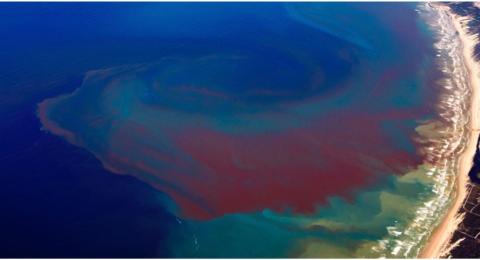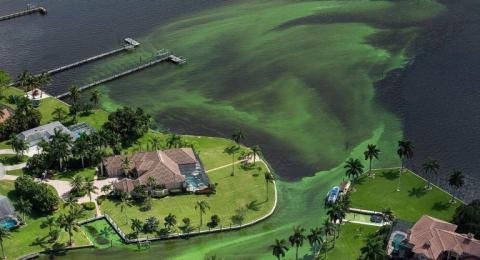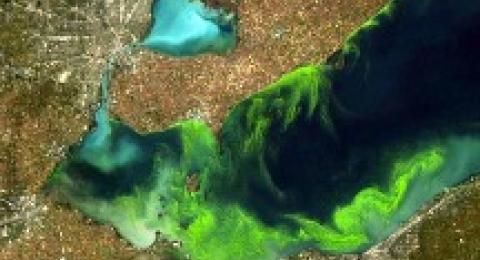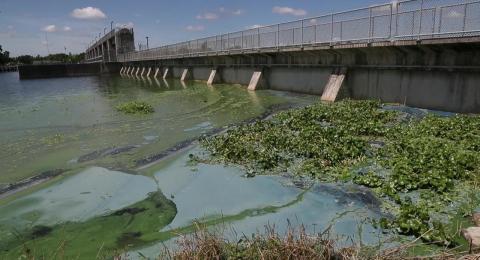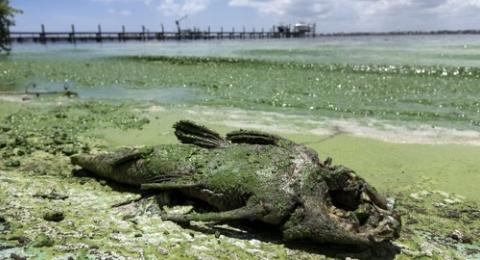Harmful Algal Blooms
Harmful algal blooms are dangerous toxin-producing colonies of algae that overgrow in fresh and sea waters affecting people, fish, shellfish, marine mammals and birds.
The overgrowth, or algal bloom, appears in the waters as either green, blue-green, red, or brown, depending on the type of algae.
Red Tides
Red Tides are one form of HAB although their colors are not necessarily red. Red tides occur regularly in coastal waters around the world.
In the Gulf of Mexico, the primary tiny organism responsible for red tides is the toxic dinoflagellate, Karenia brevis. Red tides have tremendous impacts on the water environments, fisheries, tourism, economy, and human health.
The use of satellites to monitor and track red tides is not new, but the capacity of GLIMR through its combined strengths of hyperspectral and geostationary measurements will help to:
- detect Red Tides;
- track Red Tides;
- study dynamics the of Red Tides;
- lead to better forecasting of Red Tides.
The examples below show how red tides change over the course of a day in the East China Sea, captured by the Korean Geostationary Ocean Color Imager (GOCI).
These changes are likely due to vertical movement of the red tide organism. Such a capacity will be enabled by GLIMR, as K. brevis is also able to move vertically to chase light during the day and chase nutrients during the night.

Red Tide changes in a day, East China Sea
Figure from Lou and Hu (2014)
Cyanobacteria Blooms
Similar to red tides, blooms of cyanobacteria Microcystis and other freshwater microorganisms (often called blue-green algae) are another form of harmful algal blooms.
They occur regularly in lakes and estuaries, for example in Lake Erie, Lake Okeechobee, Caloosahatchee River estuary, among others. The blooms can produce toxins to aquatic animals and to drinking water sources, posing serious threats to the environment and humans.
Tremendous efforts from the federal and state agencies as well as research and environmental groups have been dedicated to monitoring, understanding, forecasting, and mitigation of the adverse impacts of cyanobacterial blooms.
The images below, from the Korean Geostationary Ocean Color Imager (GOCI), show how cyanobacterial blooms in Taihu Lake of China changed over the course of a day. The tiny organism can either move upward continuously during the day, move upward first and then download, or move downward continuously during the day.
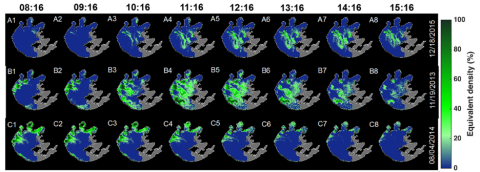
Taihu Lake, China: Cyanobacterial blooms changed over a day
Korean Geostationary Ocean Color Imager (GOCI)
The GLIMR mission will enable multiple views per day over most North America inland waters to provide improved capacity in bloom monitoring and tracking as well as in bloom dynamics and forecasting.
